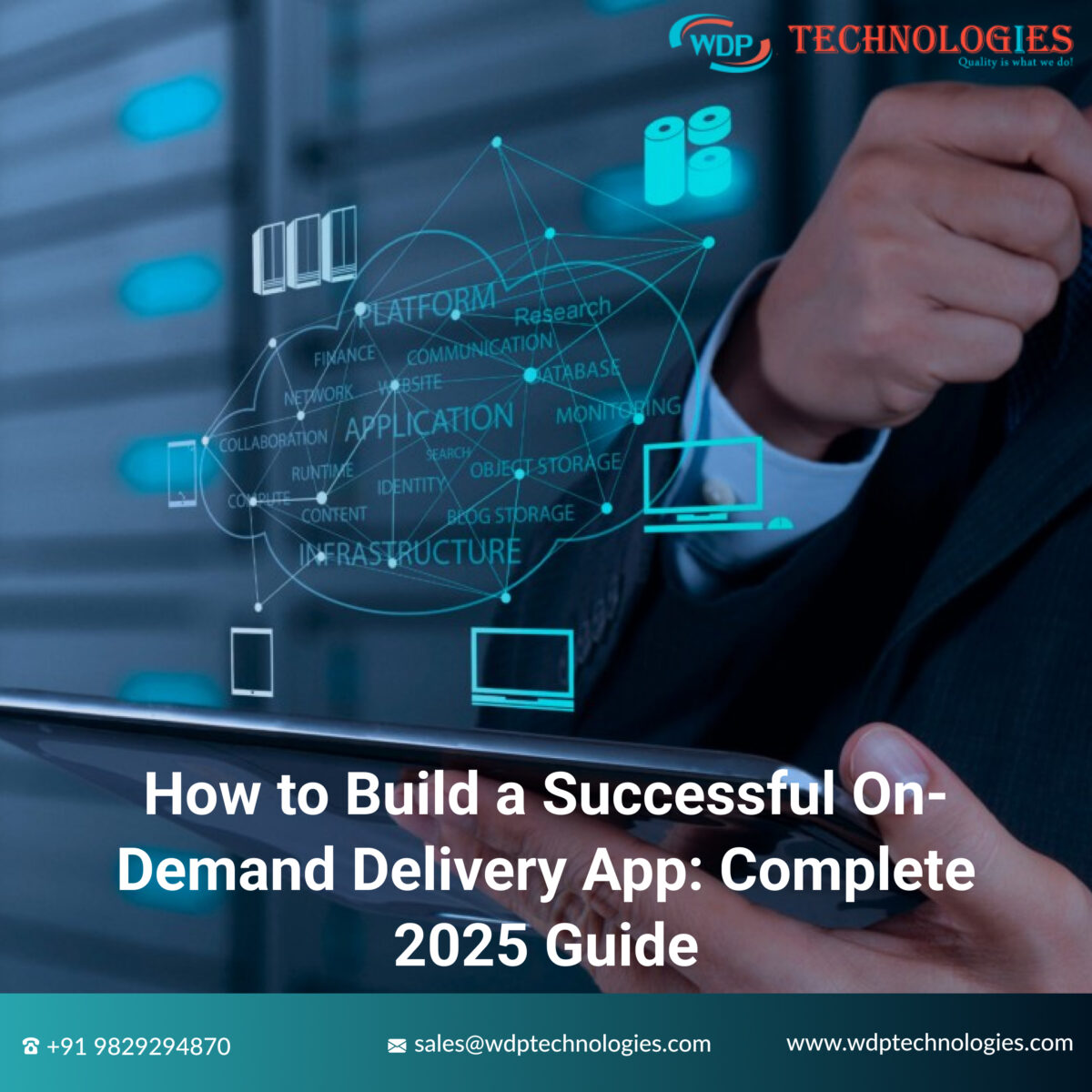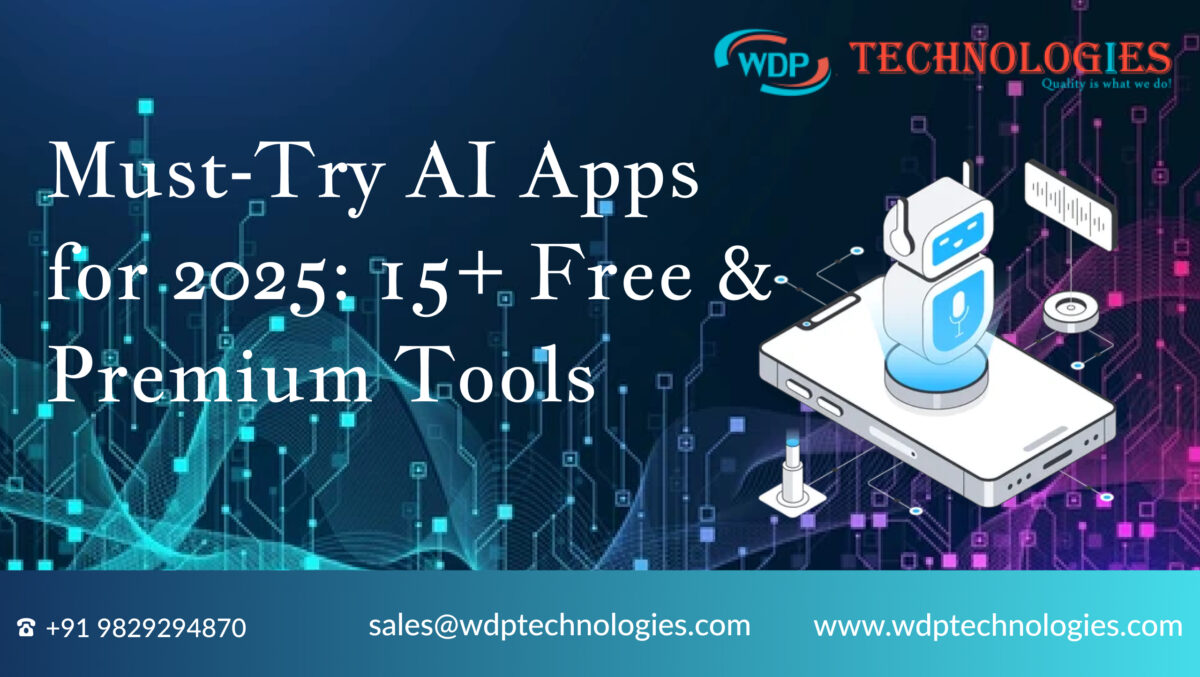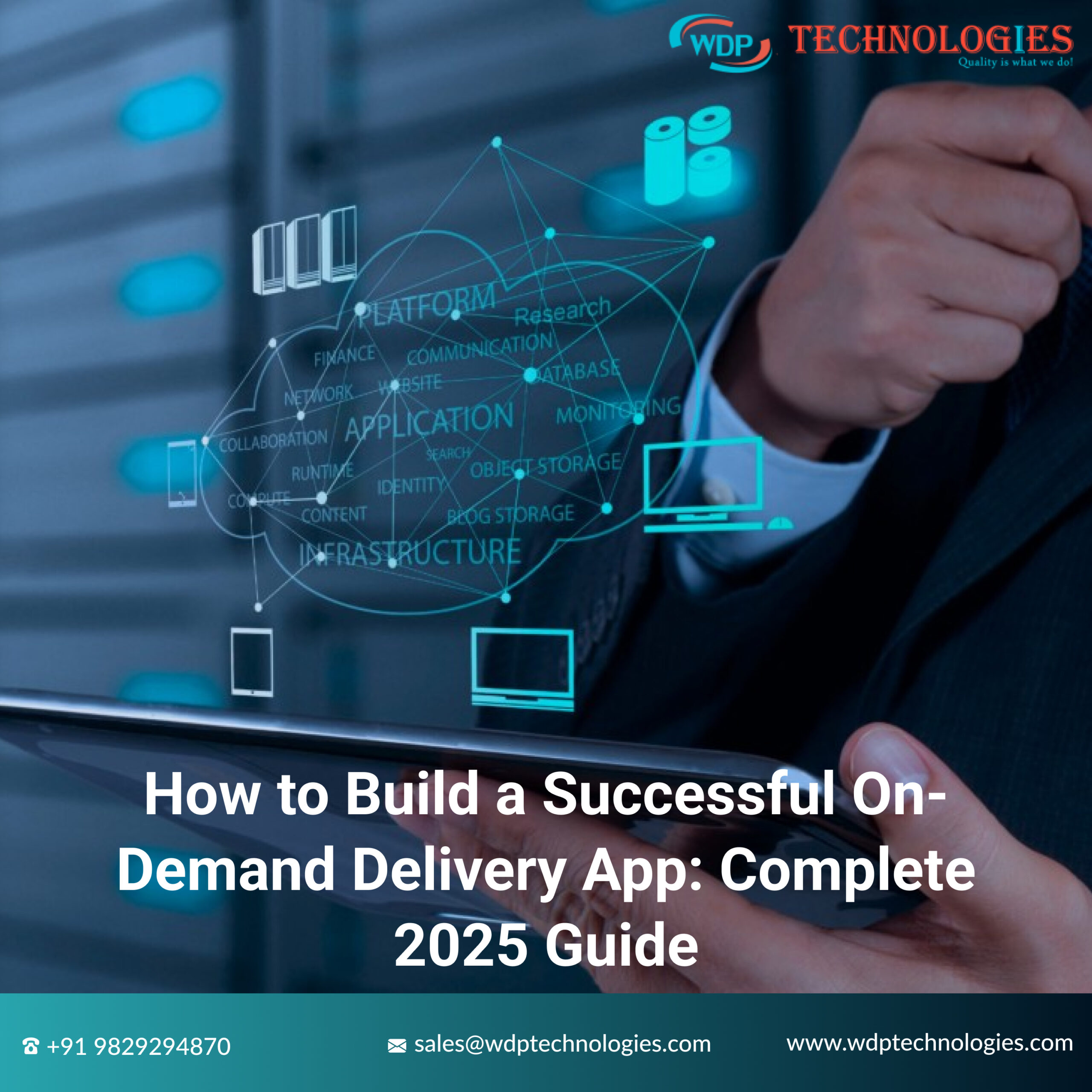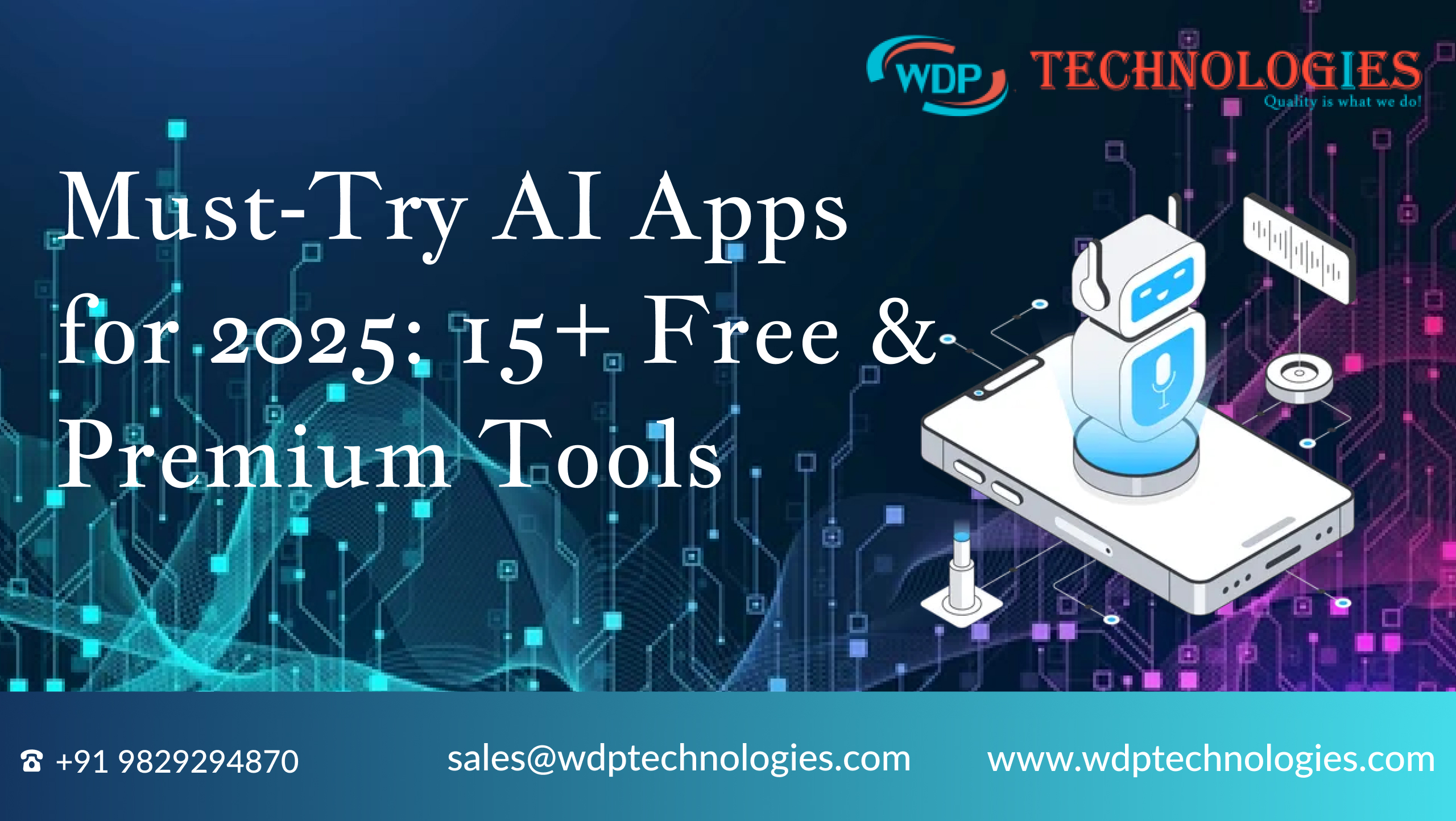In the world of App Development Trends , it is not optional to remain updated with market trends – this is necessary. As we step in 2025, Google Play Store dominates the global Android app ecosystem. Whether you are an entrepreneur, a businessman, or a developer, understanding Google Play Insights and Downloads data, clever app can help shape development strategies.
Let us dive deep into the most important data, trends and numbers for successful app development in 2025.
Google Play Store observation and its impact on App Development Trends
Google Play Store remains the largest distribution platform for Android apps worldwide. In early 2025, it hosts more than 3.7 million active apps, which spreads in every category from gaming to productivity. For any person working in App Development Trends , it means large -scale opportunity – and equally fierce competition.
A strong app development strategy should go beyond coding: you need to understand user behavior, popular app categories and global download trends. In 2025, Android apps account for more than 75% of mobile app downloads worldwide, making Google Play important for every app development project.
Google Play downloads data in 2025 and what it means for App Development Trends
According to recent reports, the total number of downloads from Google Play Store is expected to reach an incredible 130 billion by the end of 2025. This growth comes from increasing interest in emerging markets, new device users and tops.
For app development community, these numbers show:
- Constant demand for latest, innovative apps.
- Opportunities such as Asia-Pacific, Latin America and Africa are opportunities to tap.
- Multilingual support in app development and importance of local market adaptation.
If you are planning a new app development project, download tracking by field and category will help you identify the best markets and to tailor your features accordingly.
Google Play informed about shaping App Development Trends
In 2025, the expectations of the user continue to develop. Here some major Google Play Insights App affects Development Strategies:
- User review substance: Watch 50% more downloads than people with low ratings with average rating of 4.0+.
- Privacy and Safety: Apps 35% better retention rates that clearly explain data usage and permissions.
- Subscription Rising: More than 40% of top-bed apps on Google Play now use a membership-based mudification model.
This insights reminds anyone in the development of the app to give priority to the user trust, intuitive design and clear value proposals.
App development categories to dominate Google Play in 2025
Not all app categories grow at the same speed. Recent Google Play Store data highlights the categories of app development demand:
- Gaming Apps: The largest category still contributes to more than 50% of the total revenue.
- Health and Fitness: Reflecting a change in lifestyle, the year -and -handy download increased by 20%.
- Education App: Language learning, skills and strong demand for professional courses.
- Finance Apps: Especially digital payments and budget equipment, with up to 18%download.
For app development teams, this means to balance trending niches with long -term user engagement strategies.
Insight from Google Play for better App Development Trends
Developers are rapidly searching for creative monetization models. Google plays data in 2025:
The most popular mudification strategy with in-app shopping remains.
Membership models are looking at a 22% increase in revenue from year to year.
Advertising-supported apps still work well in emerging markets.
For successful app development, selecting the correct monetization method method depends on your audience, field and category.
Regional insight to run global App Development Trends
Understanding where downloads come from, app is important for development planning:
India and Southeast Asia show the fastest growing download numbers.
North America increases revenue per user, despite slow download growth.
Europe shows a steady growth in lifestyle and productivity app.
Targeted app development that considers local culture, language and user habits can significantly promote download and retention.
What does Google Play trend mean for the development of future apps
Looking forward, here it is told that the latest data should guide the app development:
Pay attention to privatization: View high engagement apps using AI to offer custom materials.
Adapt to small equipment and lower bandwidth regions.
Invest in long -term user retention, not just install.
Successful app development in 2025 needs to balance technical excellence with market insights.
Conclusions: Change your app development vision with WDP Technologies
In 2025, Google Play Store is not just a distribution channel – it is a window in user behavior, market trends and future opportunities. Download data, user understanding of insight and category growth, helps shape the clever app development strategies that succeed in a competitive market.
If you are ready to bring your app development ideas into life, rely on the expertise of WDP Technologies. From the concept to launch, we turn data-operated strategies into beautiful, high performing apps for your audience.
Create your identity in the world of partners and app development with WDP technologies today!














